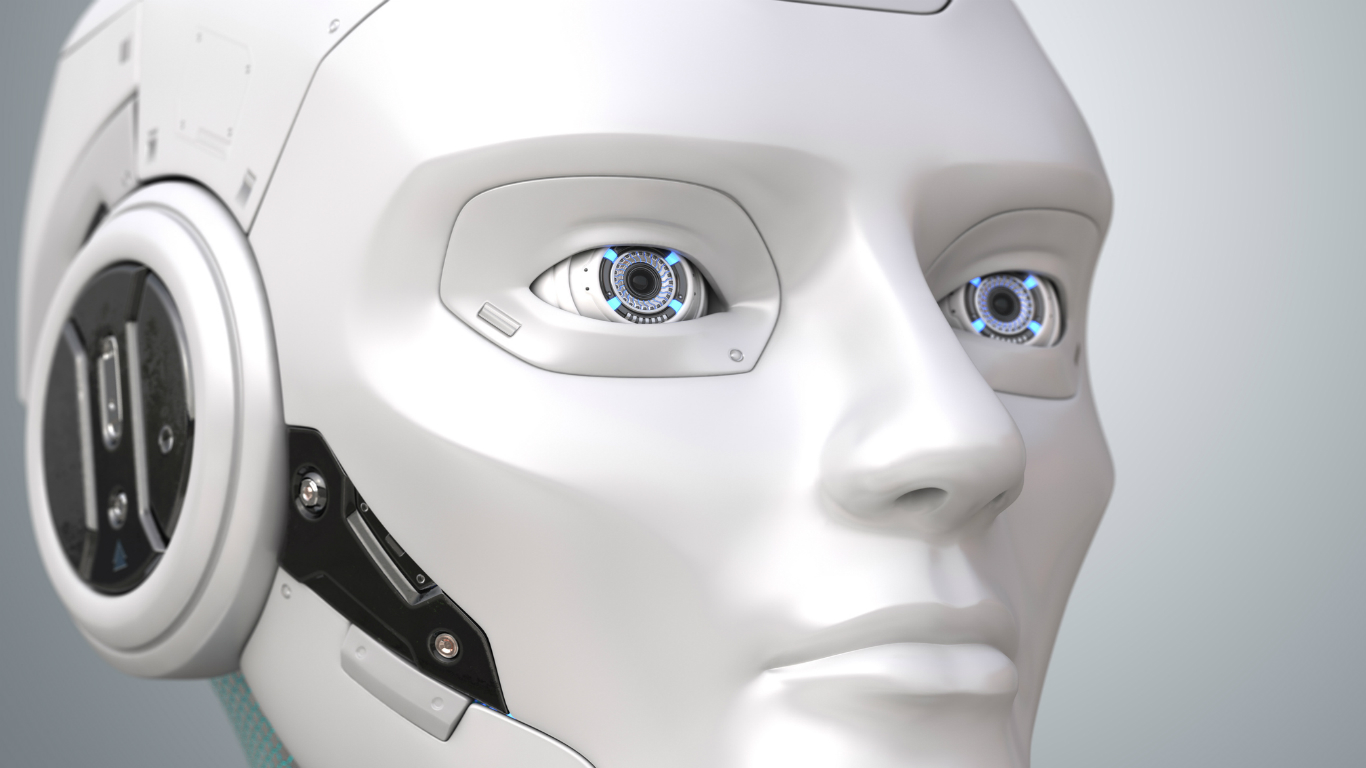
The November reading represents the largest month-over-month decline since the tracking poll was introduced in January 2010. In November 2011 the P2P rate was 44.1%.
According to Gallup, this metric is based on the entire population, not just those in the workforce as is the case with unemployment rate computations, nor does the survey include the self-employed, part-time workers, the unemployed or workers who are out of the workforce. Gallup claims that its P2P survey “gives a more accurate representation of the job climate” and that “November’s reading demonstrates how a shrinking workforce and rising unemployment can be a double whammy.”
Gallup had forecast a rise in November unemployment as reported by the U.S. Bureau of Labor Statistics. That did not happen, but the number of U.S. workers not included in the BLS labor force numbered 2.5 million.
Paul Ausick
Travel Cards Are Getting Too Good To Ignore (sponsored)
Credit card companies are pulling out all the stops, with the issuers are offering insane travel rewards and perks.
We’re talking huge sign-up bonuses, points on every purchase, and benefits like lounge access, travel credits, and free hotel nights. For travelers, these rewards can add up to thousands of dollars in flights, upgrades, and luxury experiences every year.
It’s like getting paid to travel — and it’s available to qualified borrowers who know where to look.
We’ve rounded up some of the best travel credit cards on the market. Click here to see the list. Don’t miss these offers — they won’t be this good forever.
Thank you for reading! Have some feedback for us?
Contact the 24/7 Wall St. editorial team.




